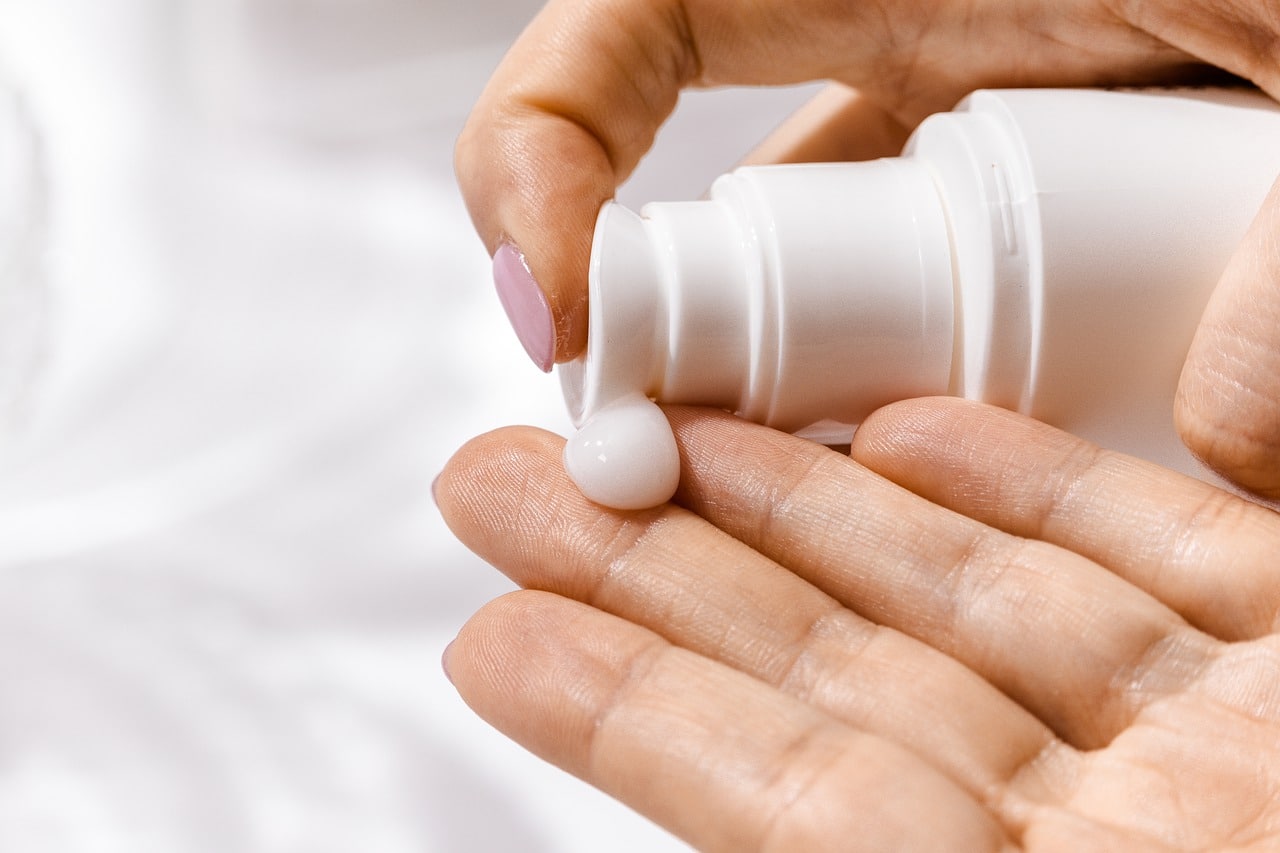Summer is in full swing, and sunscreen products are out. Y and Z Gens are increasingly concerned about the risks associated with sun exposure. Gone are the days of long tanning sessions without any protection, consumers now want to use products with an SPF often even beyond the summer.
With important health issues at stake (including various hazards: impact on immunity, skin cancer, sunburn, …), it goes without saying that specific precautions are adopted by the EU Member States. This is the opportunity for Biorius to give you an overview on these products compliance and thus help you better understand the regulations in force.
To sell on the European Union markets, your sunscreen product, which is also a cosmetic, must meet the requirements of the EU Cosmetic Regulation (would you like to read these requirements? Check them out on our website here). Among these requirements, UV filters that are used in sunscreens must be part of the authorized list of UV filters and used in the specific conditions indicated.
In addition to this regulation, it must meet the EU recommendation on sunscreen products.
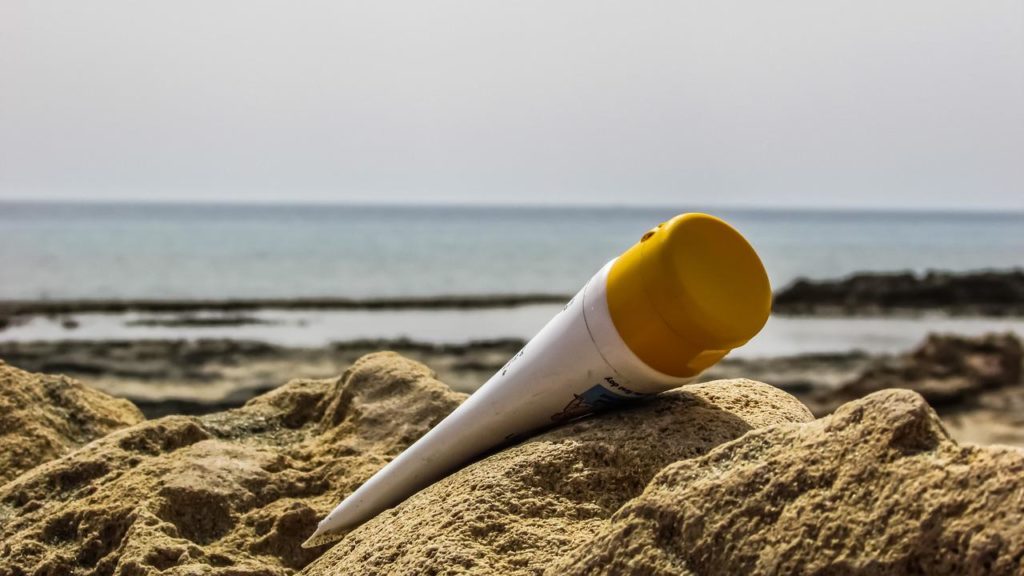
UVA, UVB: What tests should sunscreens undergo?
Let’s start by looking at the specific tests for these products.
According to the European recommendation:
Sunscreens must protect against both UVA and UVB rays. Tests must be performed to evaluate the degree of protection of the product. The degree of protection should be measured using standardized and reproducible test methods.
The following 3 parameters must be tested be compliant with the EU recommendation 2006/646/EC:
- SPF
- UVA protection factor
- Critical wavelength
The ideal methods for EU are:
- ISO 24444 which measures the SPF
- ISO 24443 which measures the UVA-PF and the critical wavelength
And here are the minimum requirements expected:
- SPF of at least 6
- UVA protection of at least 1/3rd of the labeled SPF
- Critical wavelength >370nm
What about labelling?
In addition to the labeling requirements of the EU Cosmetics Regulation, your sunscreen product must also contain specific information according to the European recommendation.
- The sun protection category
First of all, you have to mention a simple and understandable category for the general public (low protection, medium protection, high protection, very high protection).
In addition to this, obviously:
The SPF factor (specifying the level of protection against UVB rays: 6, 10, 15, 20, 25, 30, 50, 50+).
Although UVA protection is necessary, its indication on the label is not mandatory. On a voluntary basis, a brand may choose to add the circled UVA logo.
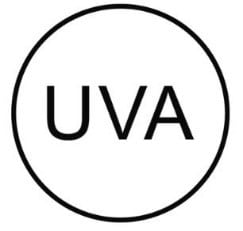
- Precautions for use and warnings
Sunscreens must also include precautions for use such as:
– Additional advice for use:
- “Do not stay too long in the sun, even while using a sunscreen product”,
- “Keep babies and young children out of direct sunlight”,
- “Over-exposure to the sun is a serious health threat”
– Instructions for use to ensure that the product is effective:
- “Apply the sunscreen product before exposure”,
- “Re-apply frequently to maintain protection, especially after perspiring, swimming or towelling
– Information on the amount of product needed to be effective (e.g.: logo or illustration indicating the enough quantity for adequate protection, “Reducing the quantity will lower the level of protection significantly”)
Of course, marketing claims are also to be monitored. Indeed, according to European regulations, it is out of the question to promote the fact that a sunscreen product protects against the sun all day long or to overestimate its protection beyond what is possible.
Primary or secondary function?
The definition of a sunscreen can change depending on whether its exclusive or main function is:
- To protect from ultraviolet radiation
- A cosmetic function
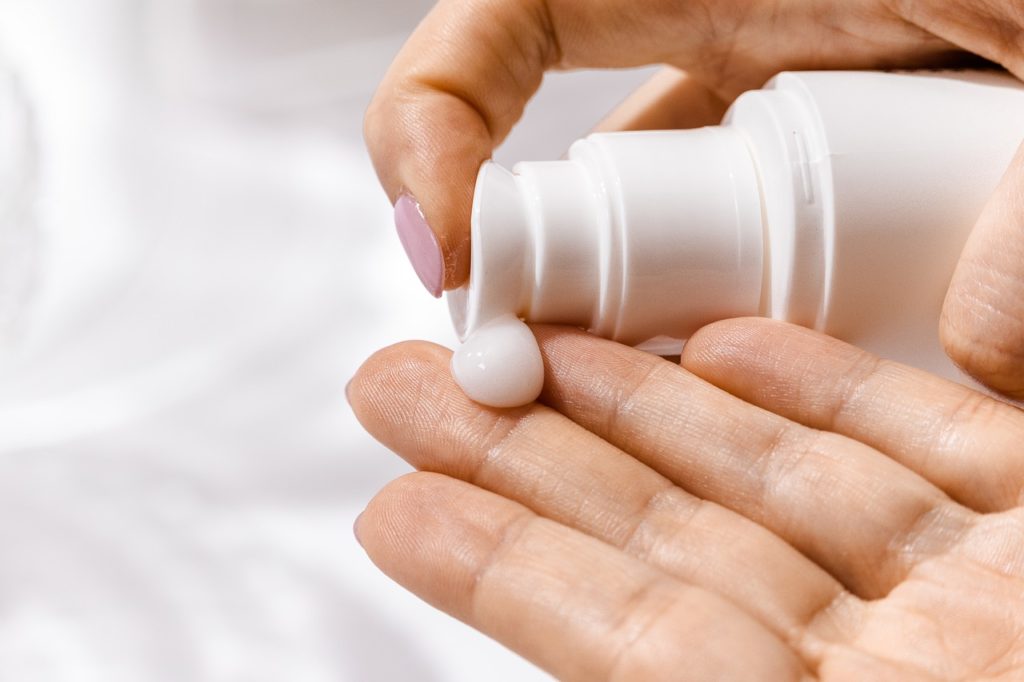
We then speak of primary or secondary function.
- Primary SPF Function: The aim of the product is to protect against UV rays. It is used to go in the sun. (e.g.: normal sunscreens)
- Secondary SPF function: The sun protection is a secondary benefit of the product. The aim of the product is something else, with the benefit of a sun protection (e.g.: day cream or foundation with a protective SPF).
In this latter case, the SPF protection is just an additional benefit of the product and must be evaluated as any other claim.
Therefore, everything that is labelled must be substantiated and correctly labelled, but there is no obligation to follow all the efficacy and labeling rules as per the Recommendation on sunscreens.
For example: a foundation with SPF 30 will be valid if an appropriate SPF test has been performed. There will be no need to perform an UVA test nor a critical wavelength test. Also, it won’t be necessary to specify the protection category nor the warnings.
Sunscreen products and marine environment

Protecting human health is important but protecting marine life and therefore our planet’s health (from a global perspective) is just as important. Indeed, some ingredients used in sunscreen products can unfortunately damage coral reefs and contribute to water pollution.
On a global scale: the example of the USA
Sunscreens are not categorized in the same way on either side of the world.
- OTC
Indeed, while in Europe, sunscreens meet the definition of a cosmetic, sunscreens in the U.S. are considered as “OTC” or “Over-the-counter drugs”. These drug products are products available without a prescription.
These OTC drugs require a “Drug Fact”, which is a set of mandatory information that must appear on the labels of your sunscreens. In this ” Drug Fact “, you will find:
- Active ingredients, including percentages in each dosage
- Product purpose
- Product indications
- Any specific warnings
- Dosage instructions
- Inactive ingredients, as they help the consumer choose the most suitable product (to avoid allergic reactions, for example).
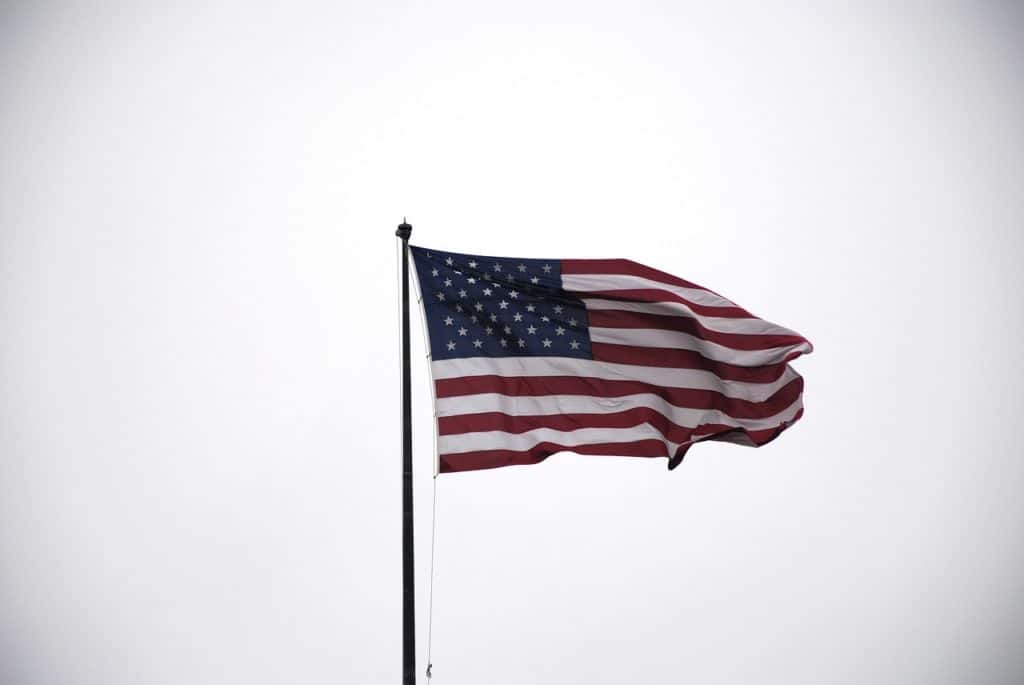
Biorius can help you to write this “Drug fact”. For more information, please visit our dedicated page here.
- Test procedure
As in the EU, tests are carried out to determine the protection of sunscreens. However, in the U.S a distinction is made between products providing high UV protection and products providing lower UV protection.
Thus, products with a higher SPF (greater than or equal to 15) must pass a broad-spectrum test. Products between 2 and 14 do not have to pass this test but their labels must still contain a “Drug Fact”.
- The broad-spectrum test procedure is as follows:
-UV spectrometry
-Application of the solar product on PMMA plate
-Pre-irradiation of the solar product
-Calculation of average transmittance values
-Calculation of average absorbance values
-Number of plates
-The calculation of the critical wavelength
An in vitro test is recommended to establish an UVA protection factor. The result of this test must be proportional to the UVB protection factor (SPF). Sunscreens that pass the broad-spectrum test must therefore demonstrate an UVA protection proportional to UVB protection.
We note the difference with the European regulation where the UVA protection factor must have a minimum value equal to 1/3 of the SPF to be claimed.
- Labelling and claims
The differentiation between products with a low SPF and products with a high SPF also implies labelling and therefore rules for the claims on the packaging of your products.
Thus, products with an SPF of 15 or more can claim that their product reduces the risk of skin cancer and the signs of skin aging. On the contrary, products with a low SPF must carry a warning that sun exposure increases the risk of cancer and premature skin aging. The latter products can nevertheless claim that they prevent sunburn.
A recent revision of the legislation around sunscreens in the US now allows the existence of higher SPFs than before. From now on, an SPF 60+ mention can be put on the label, and it is possible to use the “SPF up to 80” claim in marketing campaigns.

